Hi there, pet lovers! 🐢
If you’ve ever dreamed of owning a pet that looks like it stepped straight out of the Jurassic era, the Alligator Snapping Turtle (Macrochelys temminckii) might have caught your eye. These ancient-looking reptiles are among the largest freshwater turtles in the world, with a rugged, spiky appearance and a personality that commands respect. However, owning one of these fascinating creatures is not for the faint of heart.
In this comprehensive review, we’ll explore everything you need to know about the Alligator Snapping Turtle, from their unique characteristics and care requirements to their suitability as pets. Whether you’re a seasoned reptile keeper or simply curious about these incredible animals, this guide will help you decide if the Alligator Snapping Turtle is the right pet for you.
Overview
The Alligator Snapping Turtle is a large, aquatic turtle native to the southeastern United States. Known for its prehistoric appearance, powerful jaws, and unique hunting strategies, this turtle is a true marvel of nature. Here’s a quick summary of what makes them stand out:
- Handling and Temperament: Challenging to handle due to their size and powerful bite; best suited for observation rather than interaction.
- Care and Maintenance: Requires a large aquatic setup, clean water, and a protein-rich diet; long-term commitment is essential.
- Health and Durability: Hardy and resilient when provided with proper care, but sensitive to poor water quality and improper diet.
- Availability: Available through specialized breeders and reptile expos, but not commonly found in pet stores.
- Cost: Moderate initial cost for the turtle, but significant investment in setup and long-term care.
- Overall: A fascinating and impressive pet for experienced reptile enthusiasts who can meet their demanding care requirements.
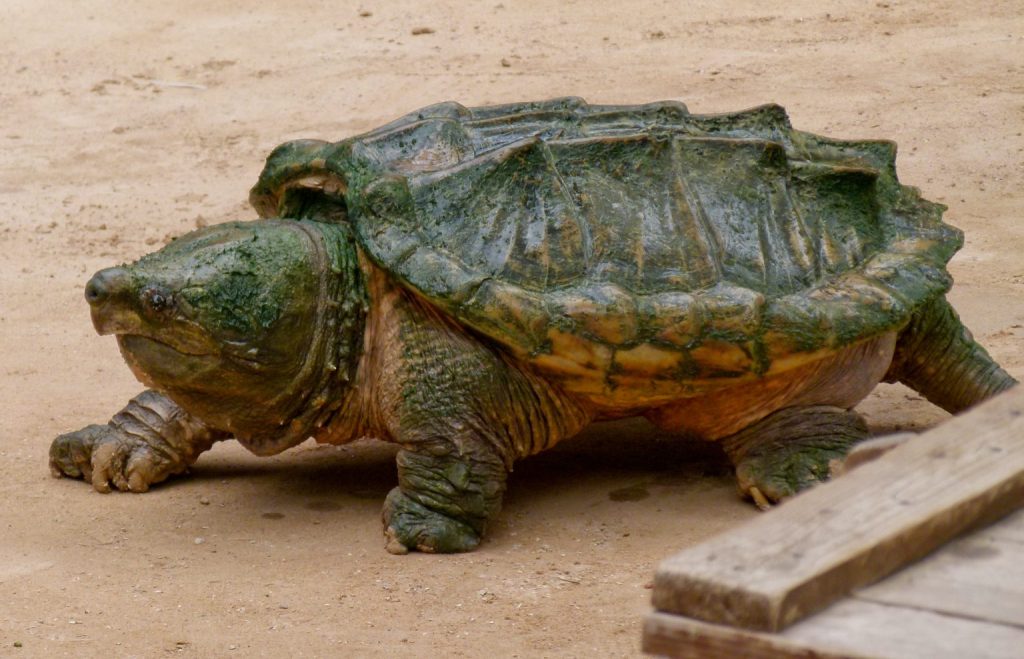
Why Choose an Alligator Snapping Turtle?
Alligator Snapping Turtles are not your average pet. They are a statement piece for any reptile collection, offering a glimpse into the world of prehistoric wildlife. Their unique appearance, with spiked shells, powerful jaws, and a worm-like tongue used for hunting, makes them one of the most intriguing reptiles to own. However, they are not interactive pets like dogs or cats. Instead, they are best appreciated as a living piece of natural history, requiring a dedicated owner who can provide for their specific needs.
These turtles are ideal for those who:
- Have experience with large, aquatic reptiles.
- Can commit to their long lifespan (potentially over 50 years).
- Are prepared to invest in a large, well-maintained aquatic habitat.
- Appreciate observing rather than handling their pets.
Handling and Temperament
Alligator Snapping Turtles are not known for their friendly demeanor. While they are not inherently aggressive, they are defensive and will not hesitate to use their powerful jaws if they feel threatened. Handling these turtles is not recommended, especially for beginners or children. Their bite is incredibly strong and can cause serious injury.
Key Points to Consider
- Size Matters: Adult males can weigh over 100 pounds, making them difficult to handle even for experienced keepers.
- Short Neck Advantage: Unlike their cousins, the Common Snapping Turtles, Alligator Snapping Turtles have shorter necks, which reduces their ability to reach around and bite when handled from the rear. However, this does not make them safe to handle casually.
- Minimal Interaction: These turtles are best enjoyed from a distance. They are not social animals and do not require or benefit from frequent handling.
Handling Tips (If Necessary)
- Use specialized tools like turtle hooks or gloves to minimize risk.
- Always support their body properly to avoid stress or injury.
- Avoid handling unless absolutely necessary, such as during enclosure cleaning or health checks.
Care and Maintenance
Caring for an Alligator Snapping Turtle is a significant commitment. These turtles require a spacious, well-maintained aquatic environment and a carefully balanced diet to thrive.
Enclosure Setup
- Size: Juveniles can start in a 100-gallon tank, but adults will need a custom-built pond or large stock tank (at least 500 gallons).
- Water Quality: Clean, filtered water is essential. Use a high-powered filtration system and perform regular water changes to maintain optimal conditions.
- Basking Area: While they are primarily aquatic, providing a basking area with UVB lighting can support their overall health.
- Substrate: Use a soft substrate like sand or fine gravel to mimic their natural habitat. Avoid sharp or rough materials that could injure them.
Diet
Alligator Snapping Turtles are carnivorous, with a diet that includes:
- Whole Prey Items: Fish, shrimp, crayfish, and snails.
- Occasional Treats: Small rodents or raw chicken (in moderation).
- Avoid Goldfish: While they may eat goldfish, these are not nutritionally balanced and can lead to health issues over time.
- Fruits and Vegetables: Surprisingly, they may also consume fruits like grapes, which can be offered occasionally for variety.
Feeding Schedule
- Juveniles should be fed daily or every other day.
- Adults can be fed 2-3 times per week, adjusting portion sizes based on their appetite and activity level.
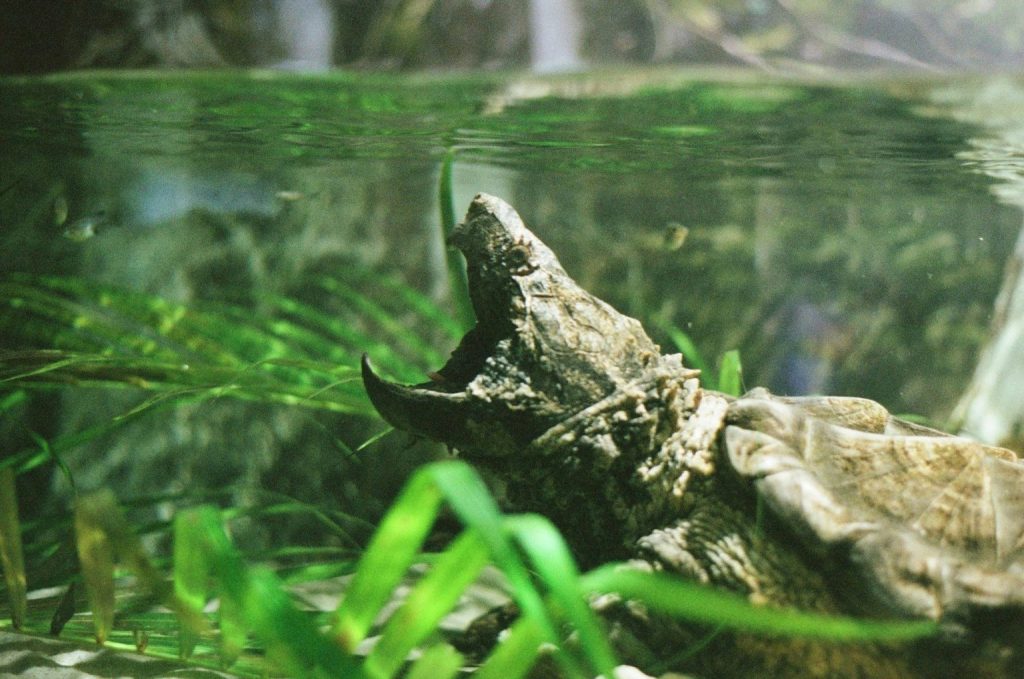
Health and Durability
Alligator Snapping Turtles are hardy animals when provided with proper care, but they are not immune to health issues. Common concerns include:
- Shell Rot: Caused by poor water quality or injuries.
- Respiratory Infections: Often a result of improper temperatures or dirty water.
- Vitamin Deficiencies: Can occur if their diet lacks variety or essential nutrients.
Preventative Care
- Maintain clean water and proper filtration.
- Provide a balanced diet with occasional supplements.
- Monitor their behavior and appearance for signs of illness, such as lethargy, loss of appetite, or discolored shells.
With proper care, these turtles can live for several decades, making them a long-term commitment for any owner.
Availability and Cost
Alligator Snapping Turtles are not as readily available as other turtle species, but they can be sourced from specialized breeders or reptile expos. It’s important to ensure that your turtle is captive-bred, as wild-caught specimens may carry parasites or diseases and contribute to the decline of wild populations.
Cost Breakdown
- Turtle Price: Hatchlings typically cost between $50 to $150, while larger juveniles or adults can cost several hundred dollars.
- Setup Costs: Expect to spend $500 or more on a suitable enclosure, filtration system, and other equipment.
- Ongoing Costs: Regular expenses include food, water treatments, and potential veterinary care.
Pros and Cons
Pros
- Unique, prehistoric appearance.
- Fascinating hunting behavior (using their tongue as a lure).
- Hardy and resilient when properly cared for.
- Long lifespan, offering decades of companionship.
Cons
- Not suitable for handling or interaction.
- Requires a large, well-maintained aquatic setup.
- Long-term commitment due to their lifespan.
- Potential for serious injury if not handled correctly.
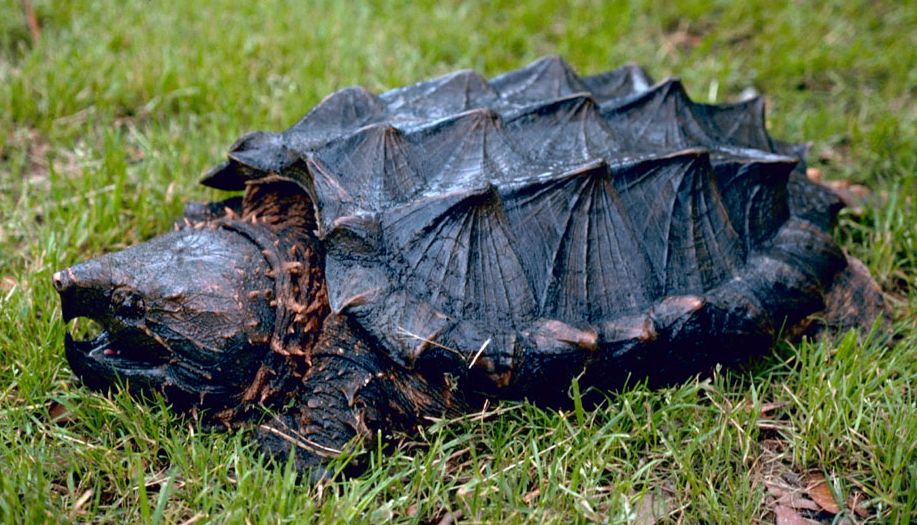
Final Thoughts
The Alligator Snapping Turtle is a remarkable reptile that offers a unique opportunity to care for a living piece of natural history. However, they are not suitable for everyone. Their demanding care requirements, long lifespan, and potential for injury make them best suited for experienced reptile enthusiasts who can provide the time, space, and resources they need.
If you’re up for the challenge, owning an Alligator Snapping Turtle can be an incredibly rewarding experience. These turtles are a testament to the wonders of the natural world, and with proper care, they can thrive in captivity for decades.
Have you owned an Alligator Snapping Turtle? Share your experiences and tips in the comments below! We’d love to hear how you care for your turtle and what makes them special to you.
For more reptile care tips and reviews, stay tuned to our blog and don’t forget to subscribe to our newsletter! 🐢

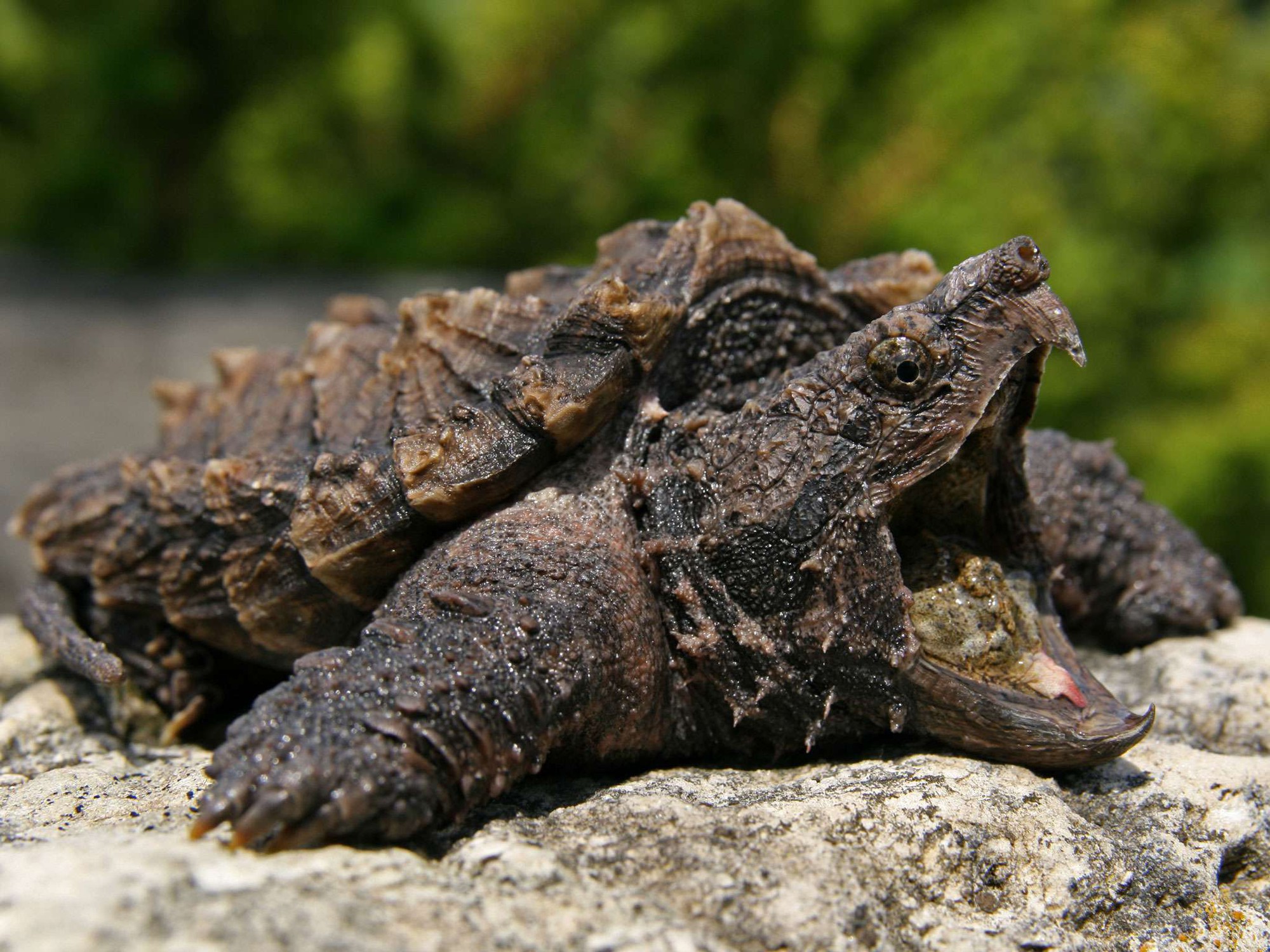

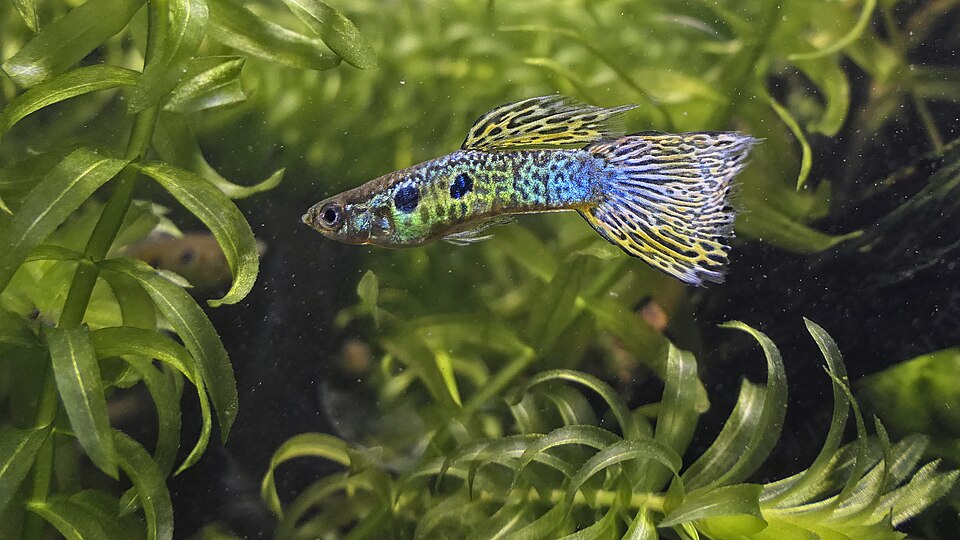
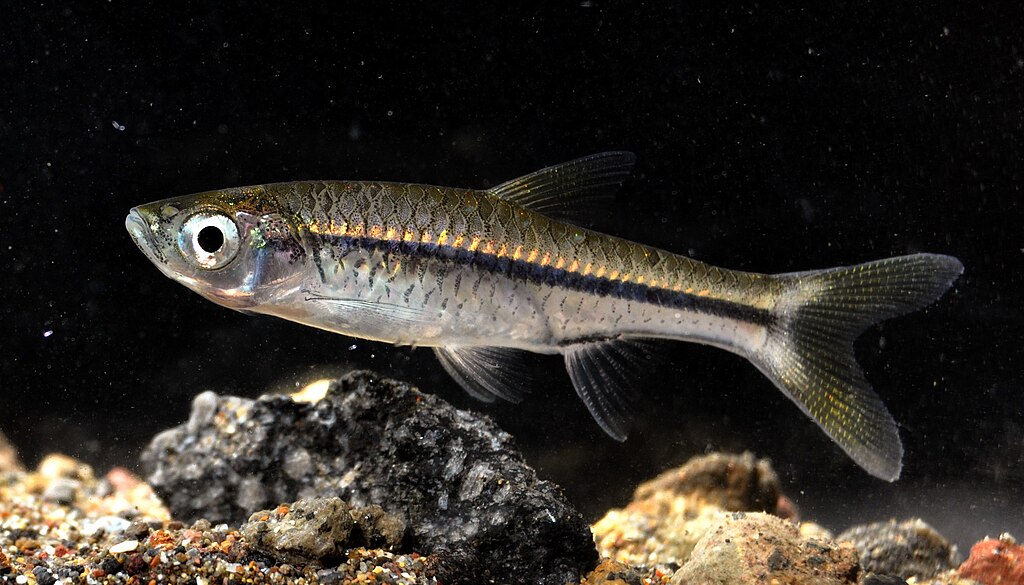
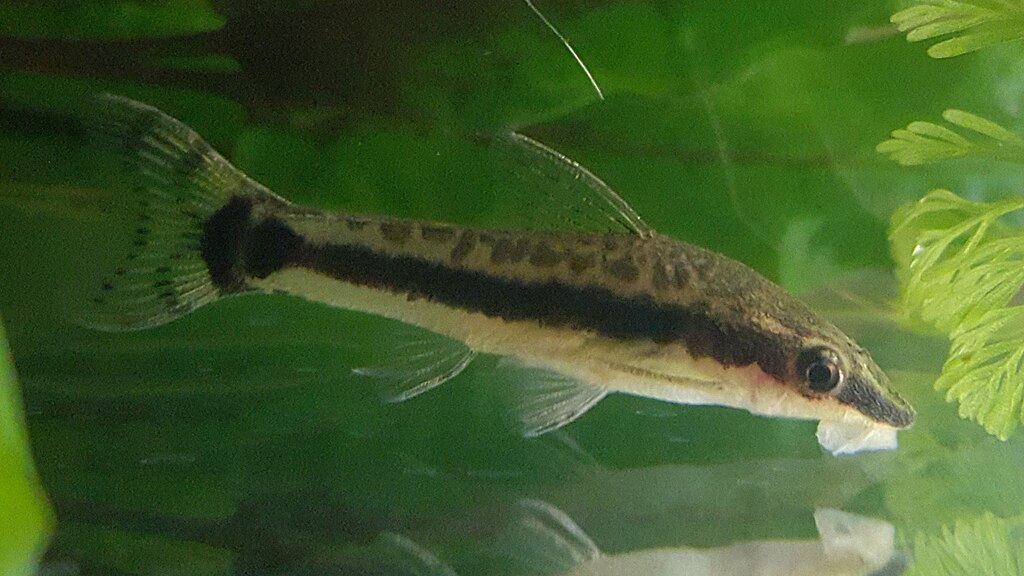

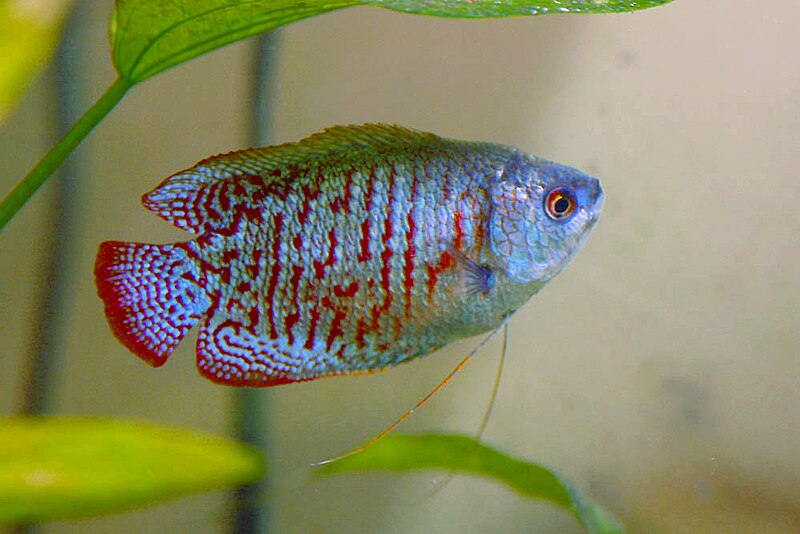
Leave a Reply